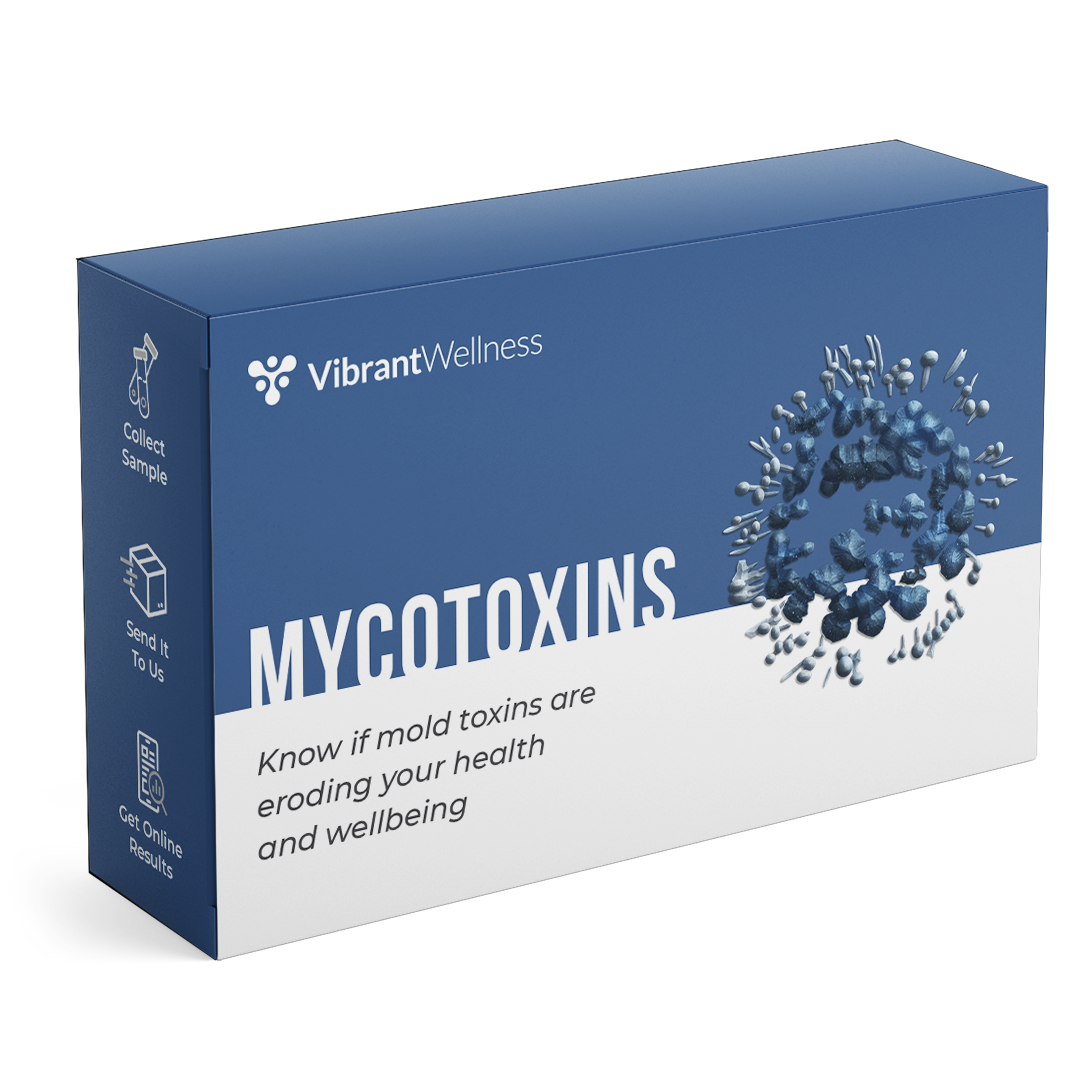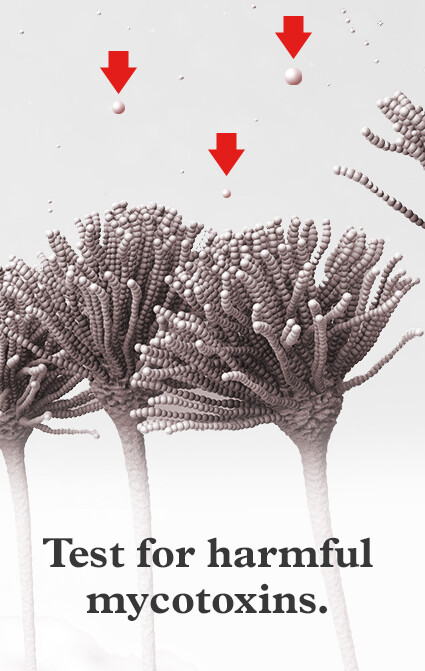The Requirement of Mycotoxin Evaluating in Agricultural Products to Make Sure Consumer Safety
The requirement of mycotoxin screening in farming items is an essential aspect of public health and wellness and safety that warrants detailed exam. Mycotoxins, harmful compounds created by specific fungi, can infiltrate numerous plants, resulting in considerable wellness risks for customers, such as cancer causing impacts and body organ damage. Normal mycotoxin testing not only identifies and gets rid of polluted items from the supply chain but also makes certain conformity with security criteria and enhances customer trust fund. Understanding the techniques and advantages of such screening is important to totally appreciate its importance in securing our food supply.
Understanding Mycotoxins
Mycotoxins, poisonous second metabolites created by particular fungi, provide a substantial threat to farming items and human health. These substances are produced by numerous species of molds, such as Aspergillus, Fusarium, and Penicillium, which can pollute crops both pre- and post-harvest - Mycotoxin testing Services. The most usual mycotoxins include aflatoxins, ochratoxin A, fumonisins, zearalenone, and deoxynivalenol (DON)
Mycotoxin contamination can take place under particular environmental problems, such as high moisture and temperature, which prefer the development of mold. Agricultural products like cereals, nuts, spices, dried fruits, and coffee are especially vulnerable. The presence of mycotoxins in these assets can result in considerable financial losses as a result of reduced plant yields and the need for strenuous testing and decontamination processes.
Recognizing the biochemical nature and formation of mycotoxins is essential for creating reliable reduction methods. Research study has shown that mycotoxins show a variety of chemical structures and properties, making detection and elimination tough. Advanced analytical techniques, including chromatography and mass spectrometry, are utilized to recognize and quantify mycotoxins in agricultural products, ensuring that contamination levels remain within safe limitations developed by regulatory bodies.
Health And Wellness Risks of Mycotoxins
Offered the significant risks associated with mycotoxins in farming items, comprehending their influence on health is critical. Mycotoxins, harmful second metabolites produced by fungi, posture serious hazards to both animal and human health.
Severe mycotoxin poisoning, although less typical, can cause immediate and serious illness such as liver damage, stomach disruptions, and hemorrhaging. Ochratoxin A, one more potent mycotoxin, is linked to kidney damage and has possible cancer causing effects. Fumonisins, mainly impacting maize, are associated with esophageal cancer and neural tube flaws.

Typical Resources of Contamination
Understanding the usual resources of contamination is crucial for efficiently taking care of and mitigating the risks posed by mycotoxins. Mycotoxins are hazardous additional metabolites produced by particular sorts of fungis, which can pollute farming items at numerous phases of manufacturing, storage space, and processing. The key sources of contamination include field problems, post-harvest handling, and storage environments.
Area problems play a significant function, with factors like weather condition, plant sensitivity, and dirt wellness affecting Extra resources fungal growth. Crops such as corn, peanuts, wheat, and tree nuts are especially vulnerable to mycotoxin-producing fungis like Aspergillus, Fusarium, and Penicillium varieties. Poor crop turning and poor insect management can intensify the danger of contamination.
Post-harvest handling is another crucial phase where contamination can take place. Mechanical damages during harvesting and transportation produces access points for fungi, while incorrect drying out strategies can leave wetness degrees high sufficient to sustain fungal development.
Storage settings add considerably to contamination threats. Badly preserved storage centers with high humidity and temperature level levels develop excellent conditions for mycotoxin manufacturing. Normal assessments and correct storage problems are essential in curbing this threat.
Mycotoxin Checking Techniques
Efficient management of mycotoxin contamination hinges not only on identifying prospective resources however likewise on carrying out durable testing techniques to identify these hazardous substances. Mycotoxin testing techniques can be generally categorized into chromatographic and immunochemical techniques.
On the other hand, enzyme-linked immunosorbent assay (ELISA) and side flow assays project immunochemical techniques. ELISA, specifically, is widely utilized because of its cost-effectiveness, simplicity of use, and fast turn-around time. Lateral flow assays supply fast, on-site screening capacities, making them ideal for area applications where prompt choices are essential.
In addition, developments in molecular biology have introduced PCR-based techniques with the ability of identifying mycotoxin-producing fungis at hereditary degrees, supplying an anticipating approach to contamination risk. Incorporating these varied techniques improves the dependability and comprehensiveness of mycotoxin discovery, making certain that farming items satisfy security requirements and shielding customers from possible health risks.
Benefits of Routine Evaluating

Routine mycotoxin testing uses substantial advantages that dramatically strengthen farming safety and high quality. Mycotoxins, hazardous substances generated by certain fungi, can pollute food and present significant wellness threats, consisting of cancer and acute poisoning.
In addition, consistent testing helps in maintaining the integrity and track record of farming manufacturers. By carefully controlling and keeping track of mycotoxin degrees, manufacturers can avoid legal consequences and pricey recalls. This not just makes certain compliance with strict worldwide safety standards but also cultivates customer trust fund and commitment.

Final Thought
The need of mycotoxin testing in farming products is underscored by the significant wellness risks posed by these hazardous compounds. Making certain customer safety calls for the recognition and elimination of contaminated products from the supply chain. Normal screening not just reduces the danger of intense poisoning and chronic health and wellness concerns but likewise supports conformity with safety criteria. Additionally, it enhances the track record of manufacturers and cultivates depend on within the farming supply chain, eventually securing public health and wellness.
The requirement of mycotoxin testing in farming products is a crucial aspect of public wellness and safety that necessitates detailed assessment. Mycotoxins, toxic substances created by certain fungis, can infiltrate numerous crops, leading to significant wellness dangers for customers, such as cancer causing effects and body organ damages.Mycotoxins, toxic second metabolites created by certain fungi, offer a considerable risk to farming products and human health and wellness.Given the substantial risks linked with mycotoxins in agricultural items, understanding their influence on health and wellness is extremely important (Mycotoxin testing Services).The need of mycotoxin testing in farming products is underscored by the substantial health dangers i thought about this presented by these toxic substances